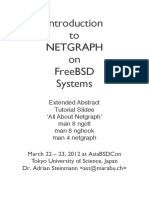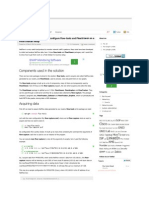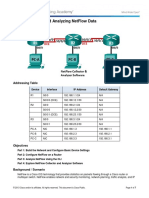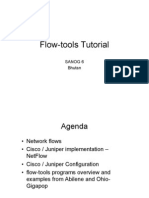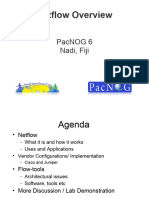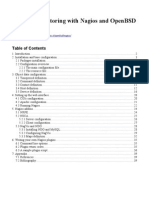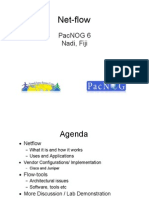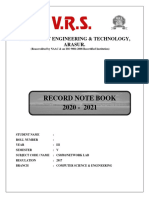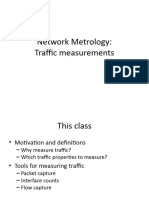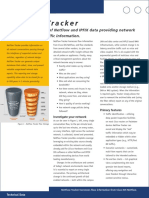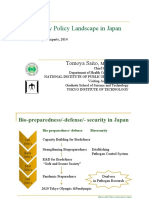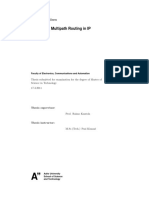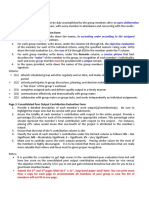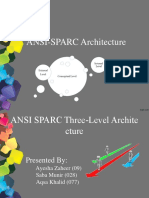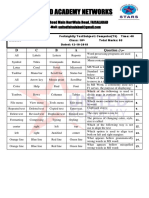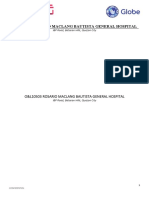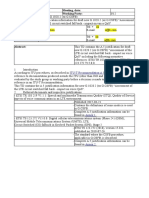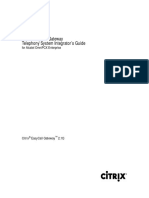0% found this document useful (0 votes)
30 views3 pagesCollect and Save NetFlow Data With FreeBSD
This article explains how to export, collect, and save NetFlow data using FreeBSD, which includes setting up a flow exporter and collector. It details the necessary kernel modules, commands for configuring NetFlow, and suggests using nfcapd for flow collection. Additionally, it provides guidance on inspecting flow data with nfdump and mentions making configurations permanent through rc-scripts.
Uploaded by
Federacion Hip Hop DominicanaCopyright
© © All Rights Reserved
We take content rights seriously. If you suspect this is your content, claim it here.
Available Formats
Download as PDF, TXT or read online on Scribd
0% found this document useful (0 votes)
30 views3 pagesCollect and Save NetFlow Data With FreeBSD
This article explains how to export, collect, and save NetFlow data using FreeBSD, which includes setting up a flow exporter and collector. It details the necessary kernel modules, commands for configuring NetFlow, and suggests using nfcapd for flow collection. Additionally, it provides guidance on inspecting flow data with nfdump and mentions making configurations permanent through rc-scripts.
Uploaded by
Federacion Hip Hop DominicanaCopyright
© © All Rights Reserved
We take content rights seriously. If you suspect this is your content, claim it here.
Available Formats
Download as PDF, TXT or read online on Scribd
/ 3


